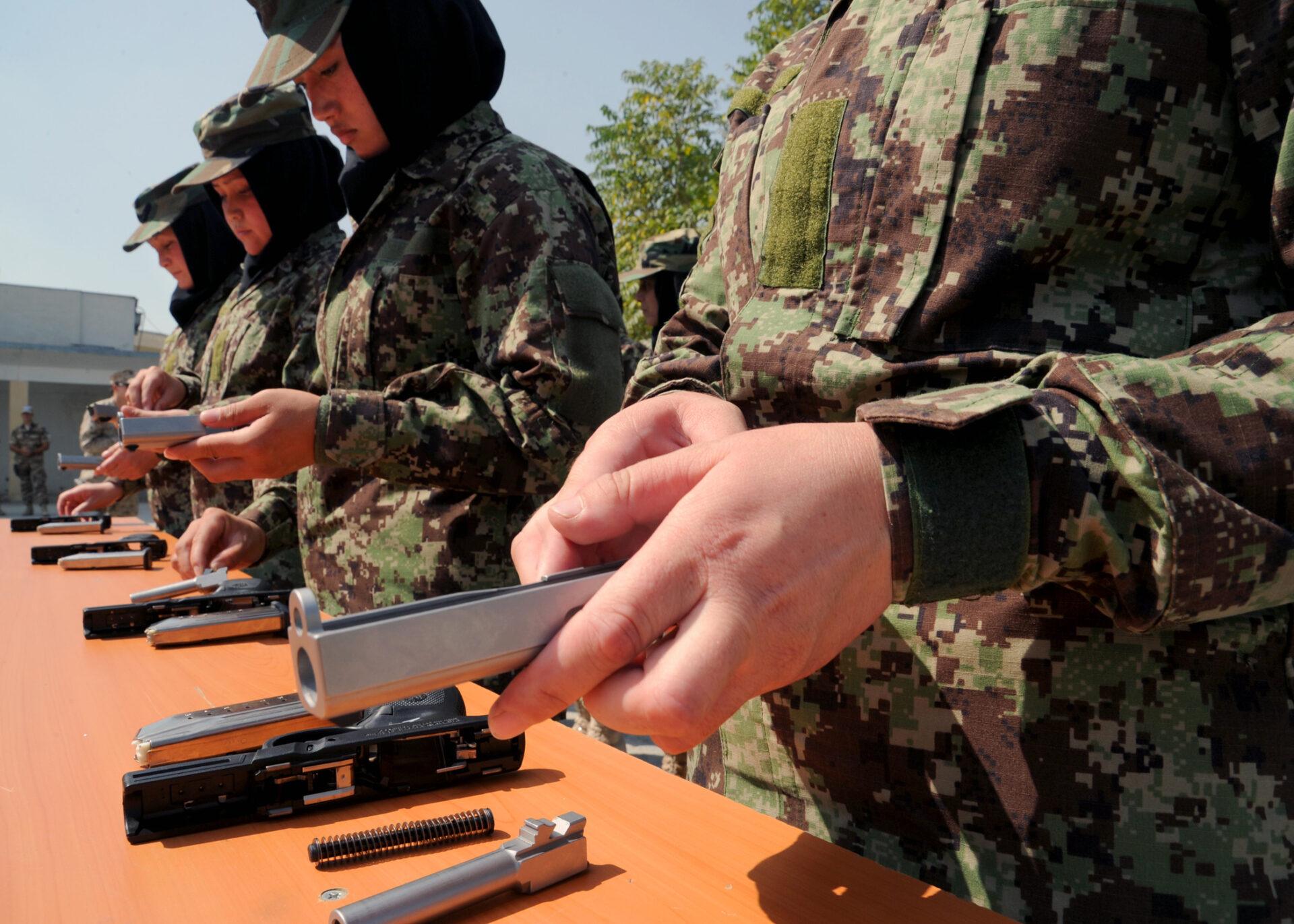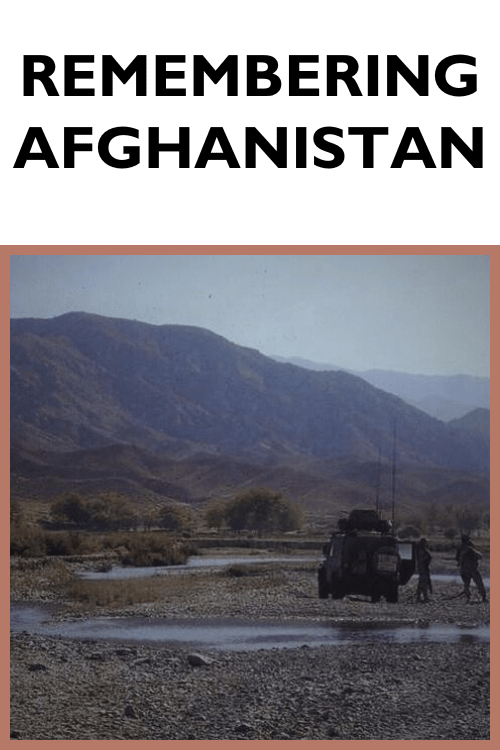CANADA’S END OF THE MISSION
In July 2011, Canada, along with the other members of ISAF, put an end to their combat missions in Afghanistan and began the process of transition towards Afghan-led security.
Part of this transition was a commitment to assisting in the development and training of a professional security force. Canada’s training mission lasted until March 2014, when the last of the Canadian troops left Afghanistan and turned over their military installations to the Afghan National Army (ANA) and the US Army, which remained active in Afghanistan until 2021.
Canada maintained a diplomatic presence in Afghanistan until 2021 and invested financially in numerous projects aimed at increasing stability and supporting democracy.
From the beginning of its engagement, NATO’s mission in Afghanistan was to support the formation of a democratic, stable, self-governing state. The development of well-trained and professional security forces, including both a national police force and a national army, was identified as a key element of this mission.
NATO troops had worked alongside the ANA on a number of operations, but the force was not yet ready to be left to fight the Taliban on its own. The 2011 – 2014 training mission provided the means for a smoother transition, ensuring that the ANA was fully equipped to take on the security and combat tasks on its own.

Kabul Military Training Centre
During the 2011 – 2014 NATO training mission, Afghans that enrolled in the ANA would go through 16 weeks of basic training. An important aspect of this training was literacy and a total of 64 hours was spent on lessons in reading, writing and arithmetic.

Three rotations of up to 950 Canadian soldiers brought their expertise in field training exercises, infantry tactics and leadership to Afghan training facilities, where they mentored Afghan officers and soldiers in training. When Canada and the other NATO forces left in 2014, the ANA had nearly 200,000 fully-trained soldiers.
Embassy of Canada in Afghanistan
Although Canada’s combat mission ended in 2011 and its training mission ended in 2014, a small number of soldiers were deployed to protect Canadian diplomats and the Canadian embassy in Afghanistan, which was open from 2003 to 2021.
Canada and other members of the international community also contributed, through financial means, to initiatives that they hoped would reduce poverty and increase stability, security and prosperity. Canada focused particularly on initiatives intended to help improve the situation of women and girls, through education, career opportunities, health and reproductive rights.
In August 2021, a small force of Canadian soldiers was again deployed to assist the evacuation of Canadian diplomats as well as approximately 3,700 other persons with ties to Canada.
On the left, a meeting between Canadian ambassador Deborah Lyrons and a senior Afghan military official. On the right, Deborah Lyons with Afghan President Hamid Karzai in 2013 (source: Canada in Afghanistan).
Homefront
Every war fought on foreign soil also has a home front, one where the battle for legitimacy and public approval is fought. It is the government that decides to go to war or to stay at war, and the government prefers to make those decisions without losing voters. Canada’s deployment was a subject of debate throughout the war and public opinion oscillated during the 14 years that Canadian soldiers were in Afghanistan. Opinions also varied from province to province. In Quebec, opinion of the war was particularly low, with opposition to the war running as high as 77% and rarely dropping below 50%.

What do Canadians think of the war now?
There are no reliable statistics that can tell us what Canadians think today. Canadian troops have been out of Afghanistan for a number of years now, and the Taliban continued to fight for control of Afghanistan after they left. In 2020, the United States negotiated with the Taliban and signed the Doha Agreement, agreeing to withdraw American troops. In 2021 the Taliban launched an offensive, sweeping through the country from May to August with incredible speed. In August 2021, the Taliban captured Kabul with little resistance and the Afghan President, Ashraf Ghani, fled the country. The US military withdrew, evacuating more than 123,000 people via airlift. The war was over.

Some argue that Canada’s contributions in Afghanistan have amounted to nothing, as the infrastructure that Canadian soldiers helped build and the freedoms they promoted are rapidly eroding under Taliban rule. Others argue that the years of relative stability and the promotion of education and personal liberties during the US and NATO intervention will help Afghan civilians resist the harshest aspects of Taliban rule. Some others claim to know too little about the war to have an opinion. And you? What do you think?
While we cannot say that the opinion within all members of the Canadian Army is homogeneous, there is a consensus: it is important to highlight Canadian participation, to commemorate the 159 Canadian soldiers killed in action and to support the veterans of this war.











